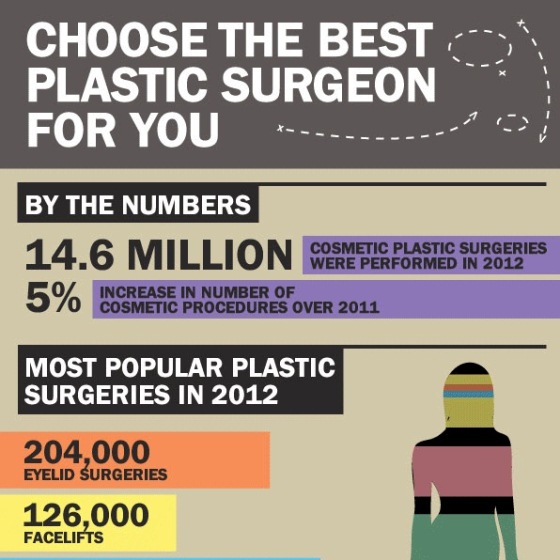Tips For Avoiding Body Acne
Tips For Avoiding Body Acne
Blog Article
Causes of Acne on Cheeks
Acne breakouts in the cheek area are triggered by several points, from touching your face frequently to not transforming your pillow case typically enough. Picking at acnes increases your threat of infection and scarring, and specific drugs can get worse dark areas (postinflammatory hyperpigmentation).
Fortunately, there are many ways to stop and deal with cheek acne. These consist of:
1. Hormone Adjustments
Acne is mainly brought on by hormonal agents, specifically those created throughout adolescence and pregnancy. For some, a family history of acne may also contribute to their condition. Anything that clogs pores, such as oil-based skin treatment items or ceraceous hair items, can set off acne. Different topical treatments, like benzoyl peroxide and salicylic acid, can combat bacteria and unblock pores. Those with extreme or persistent acne needs to look for treatment from their physician.
Avoid touching or squeezing your acne, as this can push several of the microorganisms deeper right into the skin, causing a much more severe breakout. It is additionally vital to transform pillow cases on a regular basis and utilize clean makeup brushes. You should additionally attempt to prevent irritants such as friction from putting on a headgear or limited collar.
2. Diet
The greasy, sweet foods that lots of people believe trigger acne may actually refrain so. As a matter of fact, research studies have revealed that consuming a diet plan rich in entire, nutrient-dense foods aids to avoid breakouts.
Foods high in the glycemic index (such as white bread, corn flakes, puffed rice and potatoes, doughnuts and various other pastries) raise blood sugar degrees swiftly, and this can enhance hormonal agents that improve oil production and lead to acne.
Consuming alcohol cow's milk has actually likewise been linked to raised acne outbreaks. If you are a routine cow's milk drinker, you could wish to try changing to low-fat or nondairy options that are fortified with calcium. On top of that, consuming more water can aid to minimize acne because it helps to maintain the skin hydrated.
3. Excess Oil
While oil is vital for healthy skin, it can come to be an issue when too much sebum blends with dead skin cells and obstructs pores. This combination can develop blackheads, whiteheads and pimples. The clogged pore wall surface can break down and spill germs, dead skin cells and sebum right into bordering skin. This results in a red bump called a pimple. Sometimes these red bumps have pus in the facility from a bacterial infection. Bigger contaminated bumps that look like acne are called cysts.
There are several things that can cause excess sebum and stopped up pores, including hormonal agent changes, diet and everyday habits. Some instances include touching the face regularly, resting your hand on your cheek, using filthy makeup brushes and not transforming pillowcases consistently.
4. Anxiety
If you're dealing with pain pimples or a variety of blackheads and whiteheads, it may be time to talk with a skin specialist. They can advise an efficient therapy that fits your skin kind. Practicing leisure and stress-reduction methods additionally assists.
Acne can take place in the cheeks because of rubbing and pressure, such as when an individual touches their face frequently or puts on a hat or sports helmet that scrubs against the skin. It can likewise show up where greasy cosmetics and creams rub versus the skin.
Avoid pressing acne, as this can press infected product deeper into the skin and cause scarring. Instead, see a physician to learn about preventative therapies like drug, skin care items and lifestyle modifications. Consuming a healthy diet plan of entire foods, getting 7 to nine hours of sleep and making use of noncomedogenic makeup and skin care items can all help reduce acne outbreaks.
5. Hair Products
Hair items are not generally taken a cause of outbreaks, yet they can contribute to acne on the cheeks in some individuals. Pomade acne, which is identified by small shut comedones and papulopustules, is commonly triggered by making use of oily hair products that contain comedogenic components such as particular oils and acetylated lanolin.
Choosing hair items that do not contain these potentially comedogenic active ingredients is an important step towards minimizing breakouts. Likewise, skin rejuvenation treatments making certain that hair products aren't being available in contact with the skin can aid prevent breakouts. As an example, wearing a scarf or bonnet during the night can restrict hair-to-face contact and decrease the probability that leave-in hair items will rub off onto the face.
Along with making use of a non-comedogenic moisturizer and washing with an acne face laundry, various other handy techniques include: